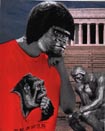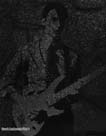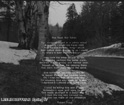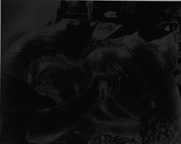Various assignments were given by James Brutger, professor emeritus,
to allow his students to explore the capabilities of the camera and to challenge
their aesthetic sense as well as their technical abilities. The following
are examples of these assignments:
The first assignments stress the need for understanding the use
of art elements and principles of design. Later assignments
pertain to concept and experimental directions.
Examples of how some of the students
accomplished the assignments:
Click on the small picture to see a larger version.
COMPOSITION: Composition is the arrangement of shapes, lines, textures and color (B&W). A good composition demonstrates the awareness of how these elements of design are used. This involves not only working with subject but also demonstrating an awareness of positive and negative spaces.





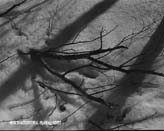
High and Low Angle Normally the camera is pointed at eye level towards the subject. In this assignment the student is asked to change how the subject is viewed through the camera. In High Angle the camera is tilted down. The subject is seen from a higher point looking to a lower point. In Low Angle the camera is tilted up. The subject is looked upon from a lower point to a higher level.


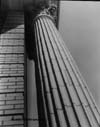

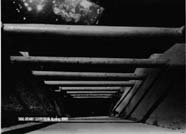

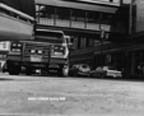
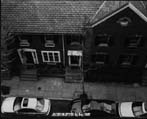
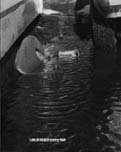
MOTION: In this assignment motion can be looked upon in two basic ways. (1) Creating motion by various techniques such as panning, blur, multiple exposure, etc. (2) Stop action, capturing the feet off the ground, running, jumping, etc.
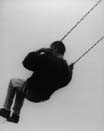
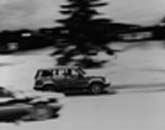


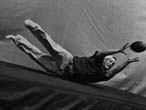
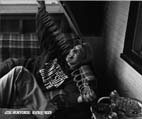

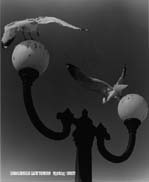
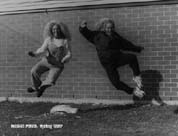
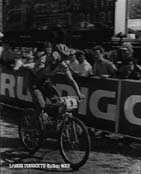
EXISTING LIGHT: This assignment calls for using only existing light (no flash). The challenge is to use street lights, moon, yard lights, mall (interior/exterior), etc., to capture a pleasing image. When using a non-adjustable or fully automatic cameras seek out brightly lit areas to achieve meter readings. The idea is to push the camera to it's limit.





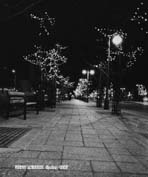





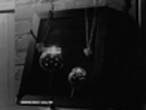



EXPERIMENTAL: Experimentation can go in many directions. The following are examples of: double exposure, montage, posterization, solarization, stretching, hand color, zooming, etc.
